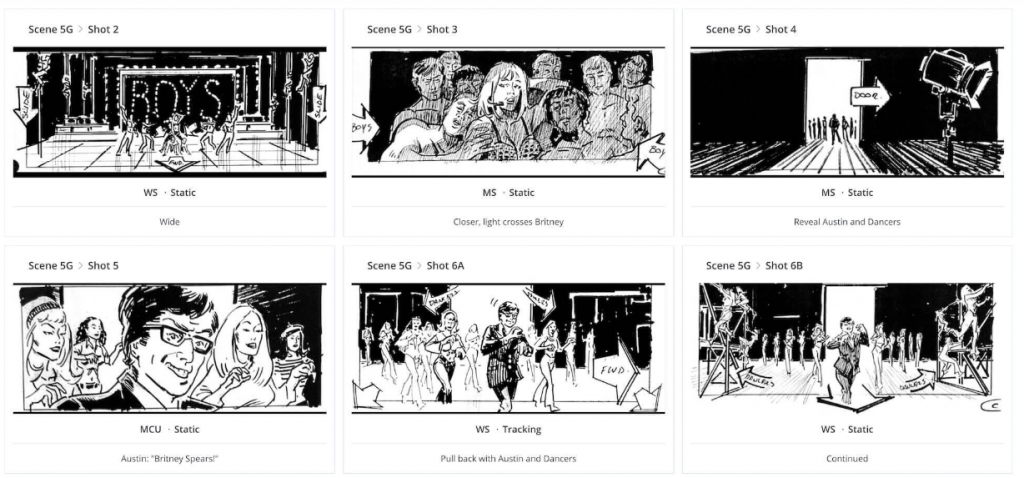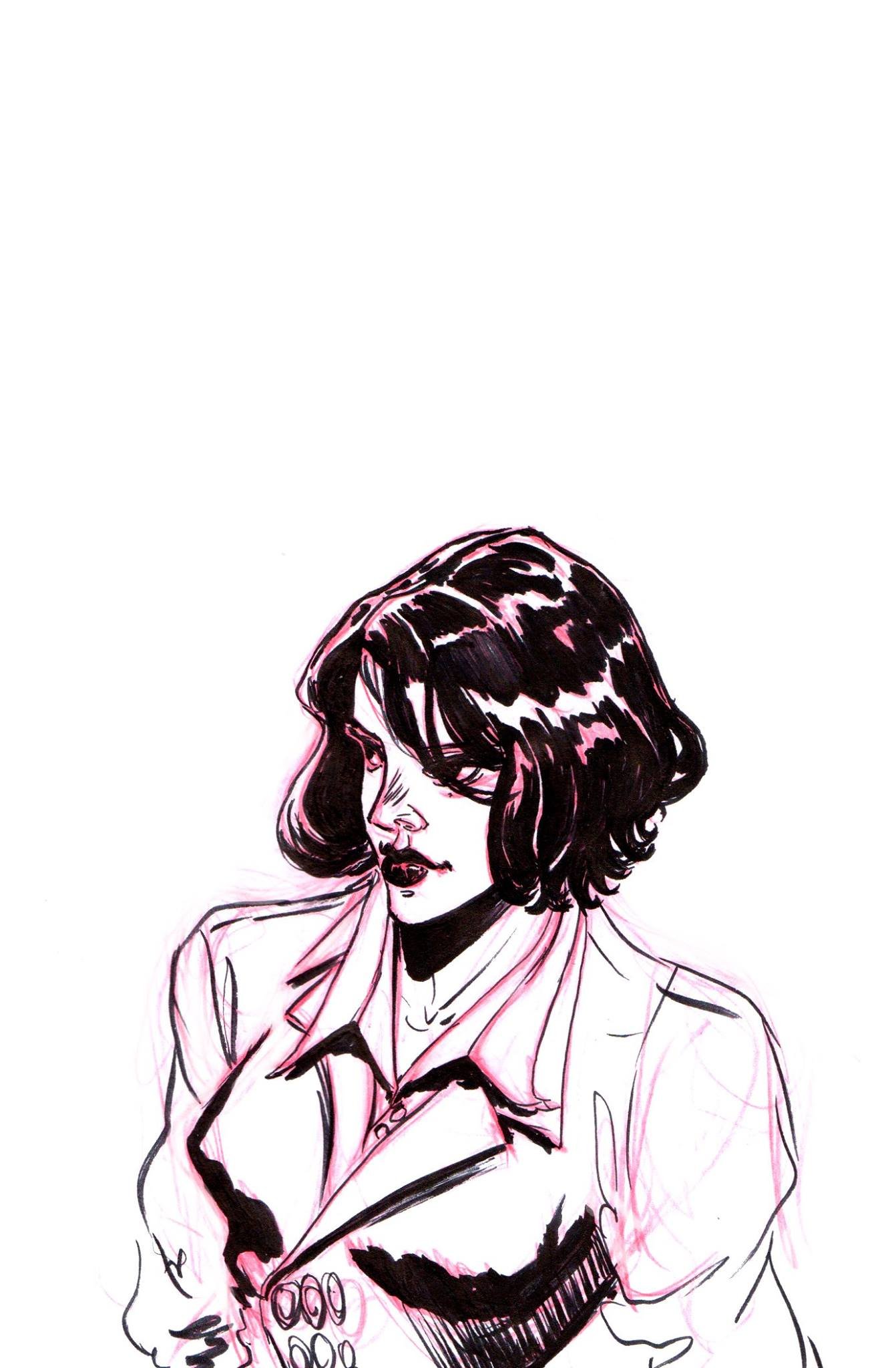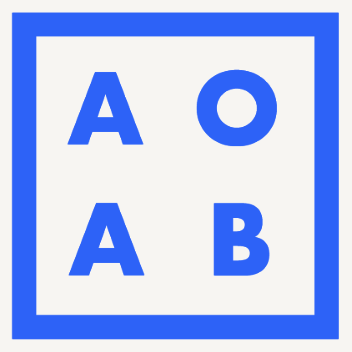Storyboard
A storyboard is a graphic organizer that plans a narrative. Storyboards are a powerful way to visually present information; the linear direction of the cells is perfect for storytelling, explaining a process, and showing the passage of time. At their core, storyboards are a set of sequential drawings to tell a story. By breaking a story into linear, bite-sized chunks, it allows the author to focus on each cell separately, without distraction.

A brief history
Depending on the source, either Howard Hughes, with the 1930 film, Hell’s Angels, or Walt Disney, with the 1933 animated film, Three Little Pigs, is cited as the father of modern day storyboards. In 1939, Gone with the Wind was the first live-action movie to be completely drawn out on storyboards before filming.
The original storyboards showed stories broken up into pieces. Each piece of the story was drawn out on a card or piece of paper and pinned to a board in sequential order. Collaborators were then able to talk about and revise the story by looking at one part at a time, check to be sure it made sense, and plan for the production. Instead of redoing a large-scale drawing when changes were made, a single card could be reordered, redrawn, or even deleted. The ability to make changes easily ahead of time saves a lot of time and money!
Application: How can I use a Storyboard?
We all need to plan for something, whether it be at work, school, or home. Storyboarding out your desired outcome, even in a very simplified manner, helps you prepare for potential issues, make sure your plan is sound, and/or communicate ideas with others. There are many uses for storyboards in the entertainment industry, the business world, and education. Here are a few ideas to get you started!
The original storyboards showed stories broken up into pieces. Each piece of the story was drawn out on a card or piece of paper and pinned to a board in sequential order. Collaborators were then able to talk about and revise the story by looking at one part at a time, check to be sure it made sense, and plan for the production. Instead of redoing a large-scale drawing when changes were made, a single card could be reordered, redrawn, or even deleted. The ability to make changes easily ahead of time saves a lot of time and money!
| Entertainment Industry | Business World | Education |
|---|---|---|
|
|
|
|
|
|
|
|
|
|
|
|
Film and Entertainment Industry Storyboard
| Common Film projects Storyboard Uses: |
|---|
|
Business Storyboard
| Common Business Storyboard Uses |
|---|
|
Education Storyboard
| Common Education Storyboard Uses |
|---|
|
Now Get started!
bring to life your new project with
A Storyboard i will create for you!


I truly recommend his work.
He has a strong methodology to create all the specks I needed. He is professional with fair quotes.


